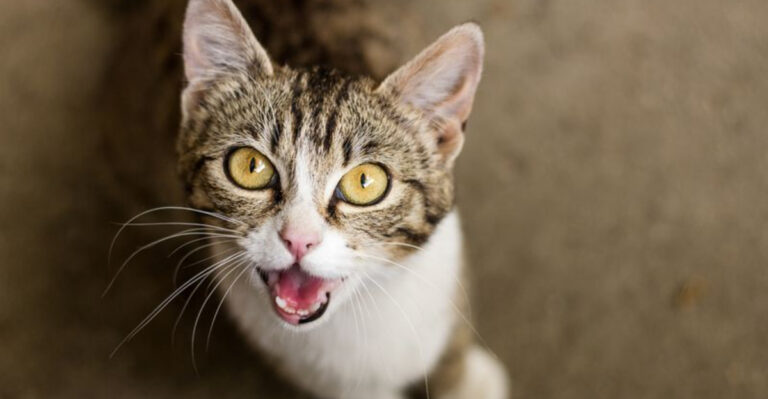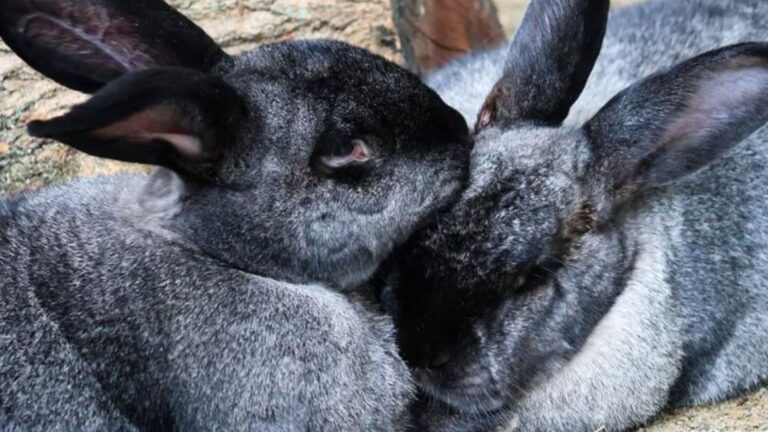10 Common Cat Fears (And 4 Simple Ways To Help Them Feel Safe)
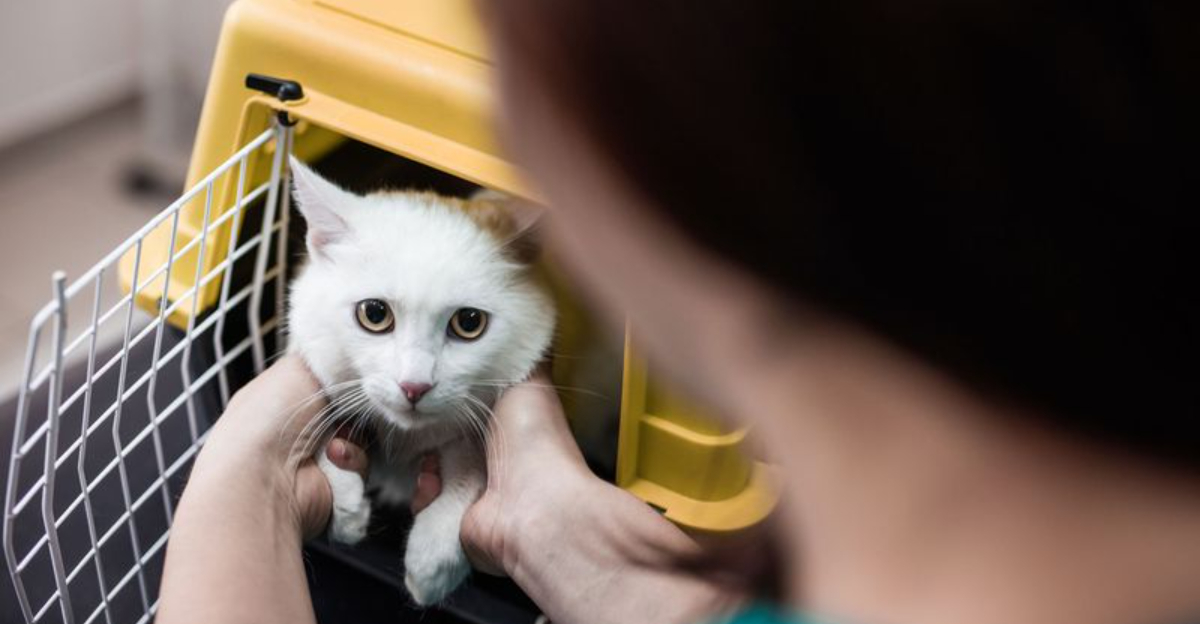
Ever noticed your feline friend bolting under the bed at the sound of the vacuum cleaner? Cats may seem cool and collected, but they actually harbor numerous fears that can make their lives stressful.
Understanding what frightens your furry companion is the first step toward creating a secure environment where they can thrive without anxiety.
1. Loud Noises Make Whiskers Tremble
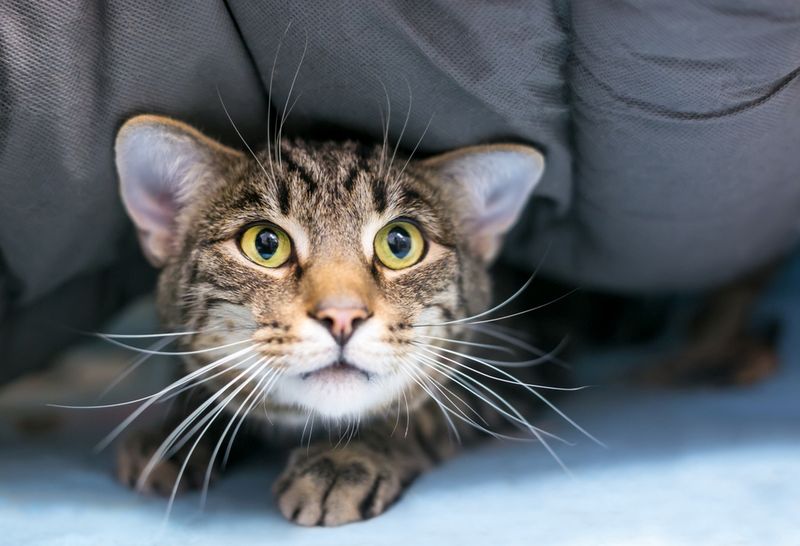
Thunderstorms, fireworks, and even household appliances can send your kitty scrambling for cover. Their sensitive ears detect sounds at much higher frequencies than humans, making what seems moderately loud to us absolutely deafening to them.
Many cats develop lasting anxiety from these sonic experiences, associating certain rooms or situations with that frightening noise long after it’s gone.
2. Unfamiliar Visitors Cause Kitty Panic
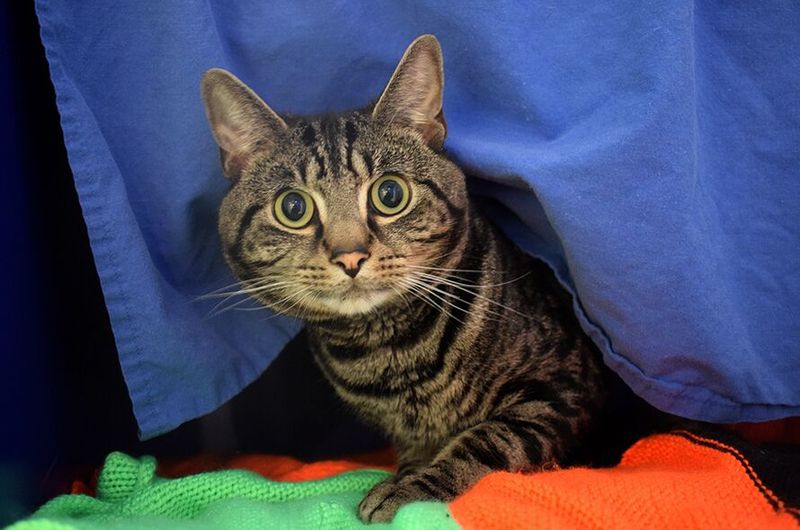
Strange humans entering their territory can trigger a cat’s flight response instantly. Your home is their sanctuary, and unexpected guests disrupt the carefully mapped mental territory they’ve established.
Watch how your cat’s pupils dilate and tail puffs up when someone new arrives. These defensive postures show they’re assessing potential threats before deciding whether to hide or cautiously investigate.
3. Car Rides Create Feline Nightmares
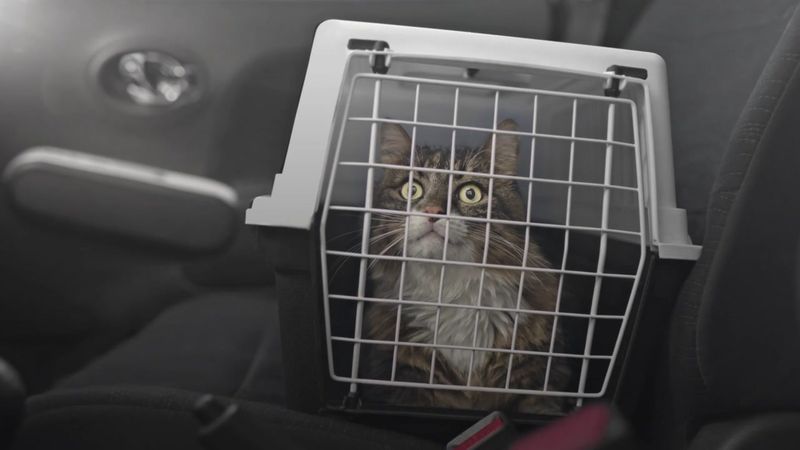
Motion sickness combined with being confined in a strange-smelling box makes traveling pure torture for most cats. The unpredictable movements and inability to escape trigger their survival instincts.
Unlike dogs who often enjoy car adventures, cats prefer stability and predictability. Their distress calls during travel aren’t just complaints – they’re genuine expressions of fear and discomfort as their world becomes chaotic and uncontrollable.
4. Veterinary Visits Spell Terror
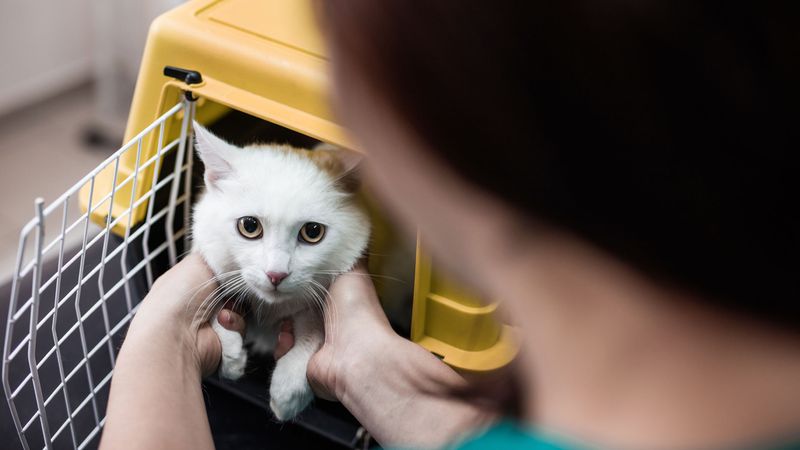
White coats, strange smells, and uncomfortable procedures make vet clinics particularly frightening. Your cat remembers these experiences vividly, which explains the disappearing act when the carrier appears.
The combination of unfamiliar handling, being surrounded by the scents of other stressed animals, and receiving shots or examinations creates a perfect storm of anxiety. Many cats show stress symptoms hours before even arriving at the clinic.
5. Cucumbers Spark Surprising Terror

Those viral videos of cats jumping at the sight of cucumbers reveal a primal fear response. When an object suddenly appears where nothing was before, cats instinctively react as if it’s a snake or predator.
This startle response stems from survival instincts that kept their ancestors alive in the wild. While amusing to viewers, deliberately scaring cats this way causes genuine stress and can lead to lasting anxiety around certain areas of your home.
6. Water Touches Trigger Panic Mode
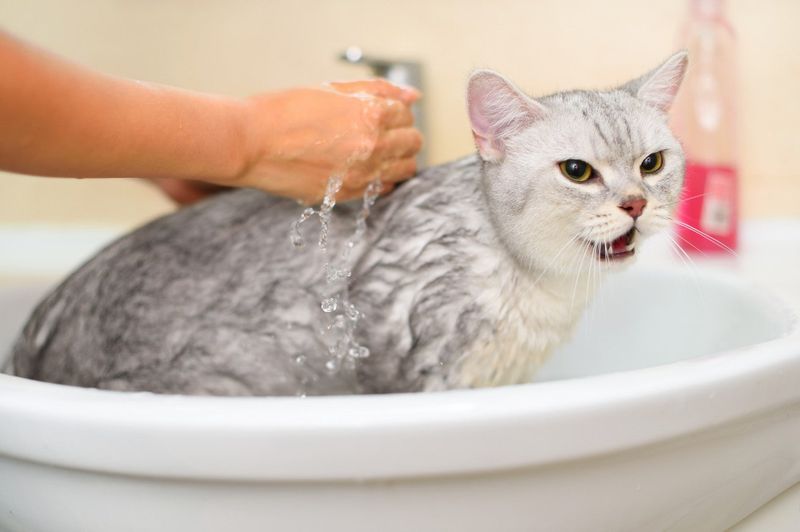
Most felines view water as their arch-nemesis. Their wild ancestors evolved in dry environments, and their fur doesn’t dry quickly, leaving them vulnerable to cold and predators when wet.
The sensation of being soaked disrupts their natural oils and scent markers, which feels deeply unsettling. Bath time resistance isn’t stubbornness – it’s a genuine evolutionary response to what feels like a life-threatening situation to your cat.
7. Other Cats Create Territorial Anxiety
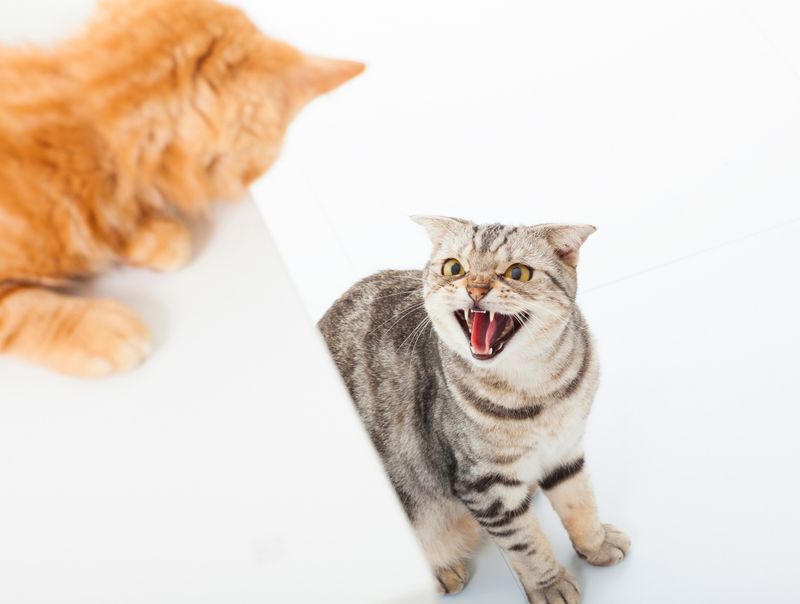
Feline social structures revolve around carefully established territories. When another cat appears in their domain, it threatens their sense of security and resources.
Even indoor cats watching neighborhood felines through windows can experience significant stress. The frustrated chattering, tail swishing, and agitated pacing aren’t just excitement – they’re signs of territorial anxiety that can lead to behavioral problems if experienced regularly.
8. Moving Homes Shatters Security

Relocating to a new house represents a catastrophic change in your cat’s world. They lose all familiar scent markers and safe spaces that formed their territory map.
The confusion and anxiety during moves can trigger hiding, inappropriate elimination, or even escape attempts. Your cat isn’t being difficult – they’re experiencing the equivalent of suddenly waking up in an alien world with no understanding of how they got there.
9. Change In Routine Causes Distress

Predictability equals safety in the feline mind. When feeding times, play sessions, or your schedule suddenly shifts, it creates genuine anxiety about resource availability.
Even small disruptions like furniture rearrangement can upset their sense of security. Those seemingly mysterious behavior changes after household adjustments aren’t coincidental – they’re direct responses to what feels like instability in their carefully mapped environment.
10. Certain Smells Spark Fear Responses
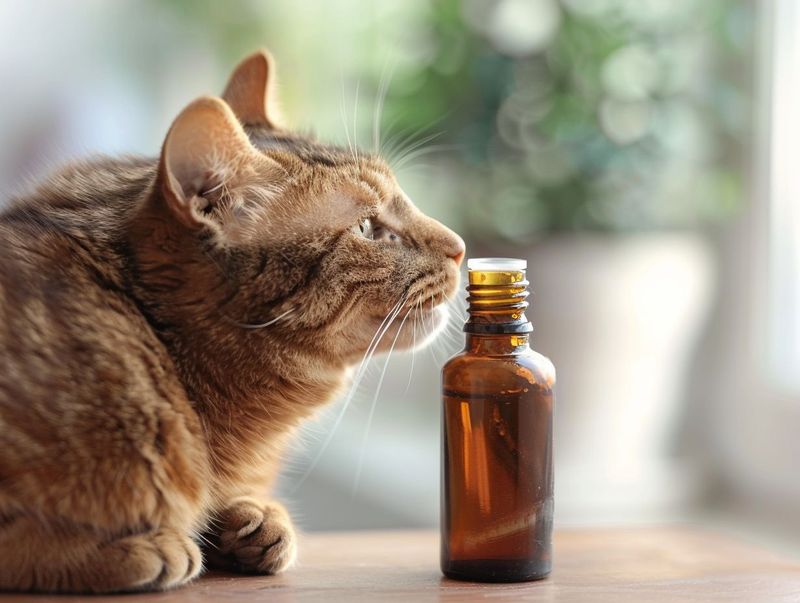
Citrus, vinegar, and some cleaning products trigger instinctive aversion in cats. Their powerful noses detect chemical compounds we barely notice, and many common household scents signal danger to their sensitive systems.
Essential oils particularly concern feline health experts. What smells pleasant to us can overwhelm their olfactory systems and potentially cause respiratory distress or avoidance behaviors as they try to escape what they perceive as environmental toxins.
11. Create Safe Hiding Spaces Throughout Your Home
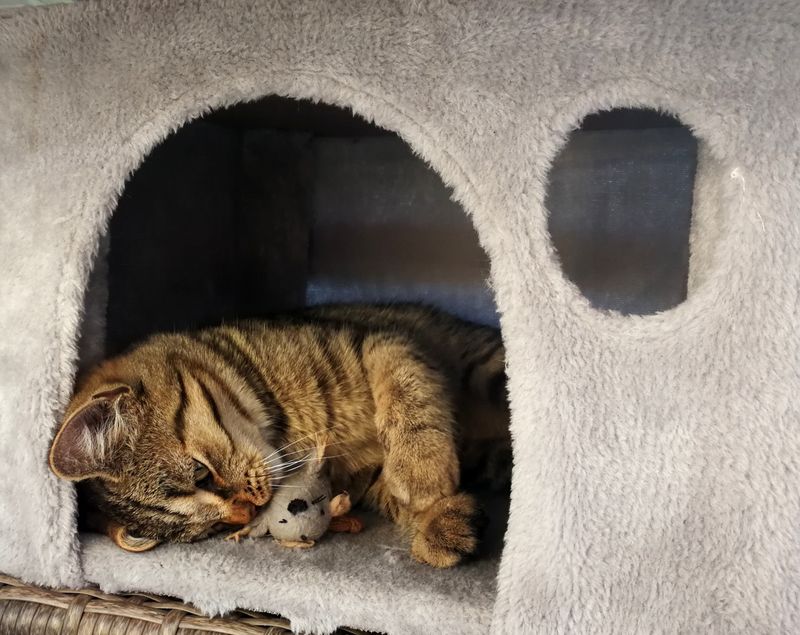
Elevated perches, covered beds, and dedicated cat furniture give your feline friend escape options during stressful situations. These retreats allow them to observe from safety while maintaining a sense of control.
The ideal hiding spot should have multiple exit points and be located away from high-traffic areas. Adding familiar-smelling blankets to these spaces creates comfort zones where your cat can retreat without feeling trapped when fears overwhelm them.
12. Use Pheromone Products To Signal Safety
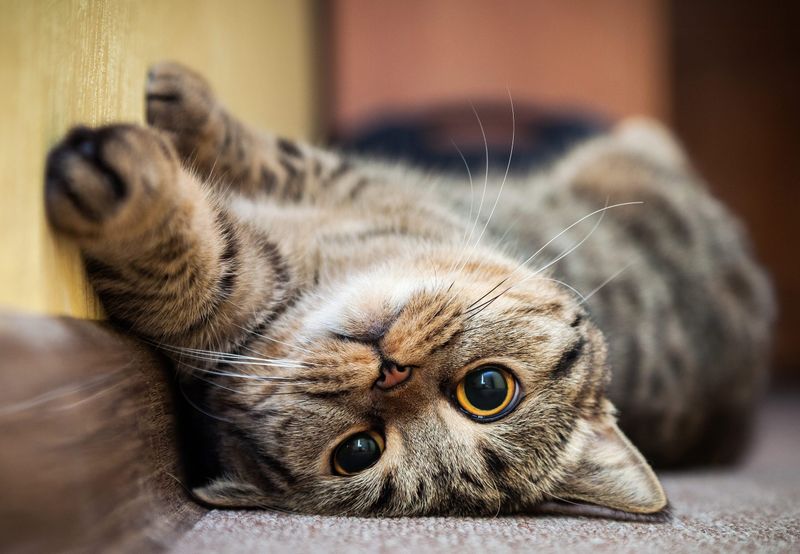
Synthetic feline facial pheromones mimic the natural chemicals cats deposit when they feel secure in their environment. Available as diffusers, sprays, or wipes, these products can significantly reduce anxiety-related behaviors.
The science behind these products is fascinating – they replicate the comforting scent markers cats leave when rubbing their cheeks against objects. Many veterinarians recommend them for helping cats adjust to new environments or cope with stressful changes.
13. Establish Consistent Daily Routines
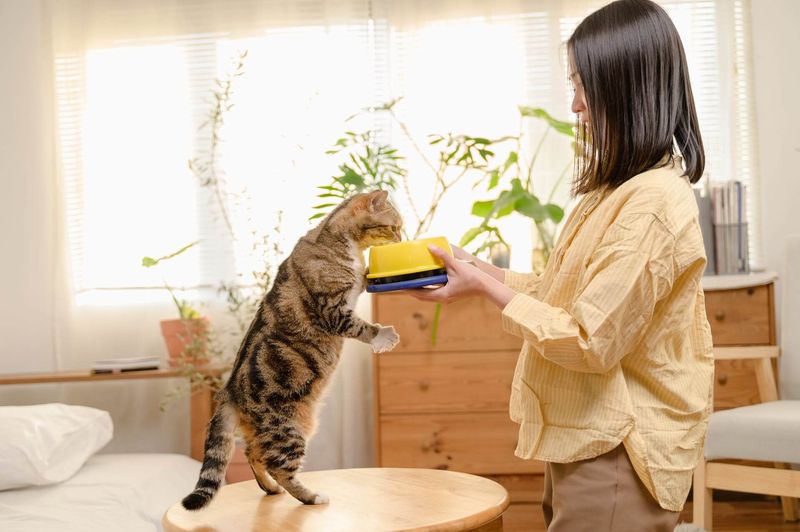
Predictable feeding times, play sessions, and even consistent bedtimes help cats feel secure. Their internal clocks are remarkably precise, and they thrive when they can anticipate what happens next.
Even on busy days, try maintaining the framework of your cat’s schedule. Those few minutes of structured interaction provide anchoring points that reduce anxiety. Many behavior problems resolve simply through implementing reliable daily patterns that your cat can count on.
14. Practice Gentle Desensitization Techniques

Gradually introducing feared stimuli at non-threatening levels helps cats build confidence. For example, playing recorded thunderstorm sounds at very low volume during playtime can slowly reduce storm anxiety.
The key is patience and positive associations. Never force exposure – instead, pair mild versions of scary experiences with treats, affection, or play. Over time, your cat builds new neural pathways that connect formerly frightening things with positive outcomes.

